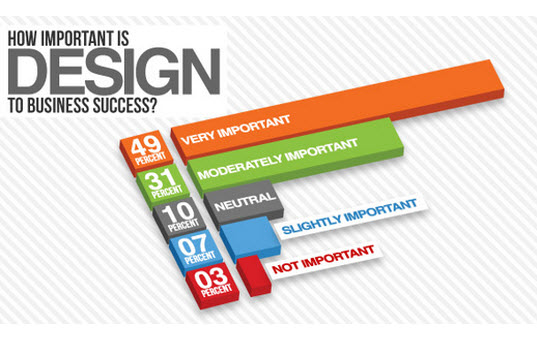Site Layout Basics: Tips For Structure A User-Friendly Site
Site Layout Basics: Tips For Structure A User-Friendly Site
Blog Article
Author-McKnight Ehlers
When it involves internet site design, making sure user-friendliness is key. From receptive layout to structured navigating, every aspect plays an important role in producing a website that satisfies your audience's needs. But what concerning the better details that can make or break a customer's searching experience? Remain tuned as we discover some often-overlooked suggestions that can boost your web site's usability to the next degree, making it really stand out in the digital landscape.
Value of Responsive Style
Receptive style is a critical element of modern website advancement. Ensuring your site is receptive means that it can adapt to various screen sizes and devices, giving a seamless experience for users.
With the increasing use of smartphones and tablet computers to access the web, having a responsive layout is vital for reaching a bigger target market. It assists in boosting customer experience by making your internet site very easy to navigate and keep reading any kind of device.
Furthermore, creative web design can positively influence your online search engine rankings, as search engines like Google focus on mobile-friendly websites. By having a receptive style, you're likewise future-proofing your site, as brand-new gadgets with differing screen sizes continue to emerge.
Simplify Navigation Structure
To boost customer experience and facilitate simple accessibility to info on your internet site, simplifying the navigation framework is critical. When designing your website, concentrate on creating a clear and instinctive navigation menu that assists visitors discover what they're trying to find promptly.
Limit the variety of food selection products to the fundamentals, grouping associated web pages together to avoid overwhelming customers. Use descriptive tags that clearly suggest the content of each page, making it simpler for customers to recognize where each link will take them.
Take into consideration carrying out dropdown menus for subcategories to prevent littering the main navigation bar. Furthermore, include a search bar plainly on the page for customers that choose looking for particular information.
Prioritize mobile responsiveness in your navigating layout to guarantee simple access on all tools.
Maximize Web Page Tons Rate
Improving page load rate is crucial for preserving visitors on your website. Slow-loading pages discourage individuals and can result in high bounce prices. To maximize page load rate, beginning by enhancing pictures. Press pictures without jeopardizing quality to decrease their file sizes.
Furthermore, allow https://www.marketing-interactive.com/asia-ecommerce-awards-2021-highlight-watsons-make-up-tool-takes-the-guesswork-out-of-buying-cosmetics caching to keep frequently accessed resources in your area, quickening lots times for returning visitors. Minify CSS, JavaScript, and HTML documents by removing unneeded personalities, comments, and format, improving tons speed.
Think about using a web content distribution network (CDN) to distribute your site's web content across numerous web servers worldwide, lowering latency for users accessing your site from different locations. Lastly, restrict making use of third-party manuscripts and plugins, as they can substantially impact tons times.
Verdict
To conclude, by including responsive design, streamlining navigation, and maximizing page tons speed, you can create an user-friendly website that appeals to a bigger audience and enhances individual experience. These essential elements make certain that visitors can easily gain access to and browse your website across various tools, causing boosted involvement and fulfillment. By focusing on these vital facets, you can develop an effective website that keeps users coming back for more.
